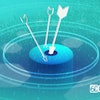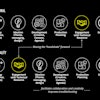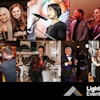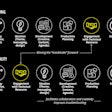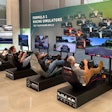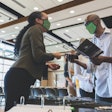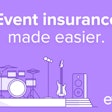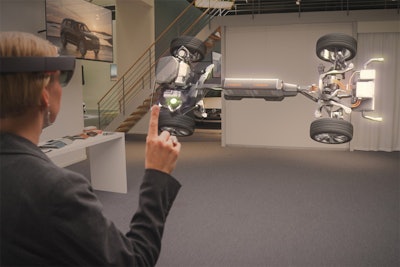
Microsoft’s HoloLens may be the best-known headset for augmented reality. Unlike virtual-reality headsets such as Oculus Rift, with an augmented-reality headset the user can still see his real environment, but virtual elements are visible too. Turner says wearables create the most immersive experience of augmented reality—it’s hands-free and users maintain the experience even as they walk and move their heads.
“As it improves, the lines of what is physical and what is not will become very blurred,” Turner says. But at a cost of about $3,000 per HoloLens headset, it’s also the most expensive to scale.

In this model, a tablet or smartphone becomes the window into an augmented view of the user’s surroundings. “This has been around a while, but today’s buzzword for it is Pokémon Go,” Turner says. This is the most accessible form of augmented reality since most people are carrying a device with them all the time and understand how to use the device’s camera as a viewfinder.
The technology can be incorporated into an event app, for example to trigger experiences around a venue, or it can be done as a standalone experience on preconfigured devices. “We did a project at a show with U.P.S. a few years ago where we had iPads in a carousel and guests could pick one up and move it around the booth, almost as a secret decoder, to reveal content in the booth. The customer was holding it and owning the experience,” Turner says.
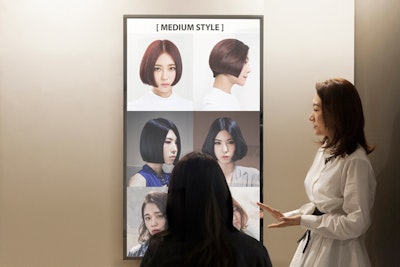
This option allows a person to see a reflection of himself with additional imagery or content layered on top of it. The most common uses to date have been for retail and consumer environments, such as a beauty salon or a clothing store where customers can try on different looks in the mirror. “At an event, this type of AR can be done on a giant screen so in that case it becomes a bit of theater. It draws people in,” Turner says. “Or it could be done on a smaller scale in a trade show booth.”
Turner says mirror AR is the best option to create “surprise and delight” moments for guests, for example by showing an animated character walking next to them as they pass the mirror. Photo technology also can be incorporated into the mirror so guests can save and share a snapshot of their augmented image.
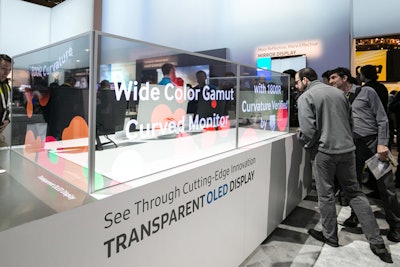
Turner says this is the newest way to use augmented reality. A transparent LED or newer OLED display is used as a window into a three-dimensional, virtual environment. One of the benefits of this, Turner says, is that it can be used for large group demonstrations, for example at a trade show. “What we’re pitching is, for example, if a company wants to put a large medical device in their booth, now we can do that with window AR. There’s no need to put an expensive headset on, and a group of people can watch someone move, demo, and touch a product. And then it can be cleared and a new product can be put in the display,” he says.
